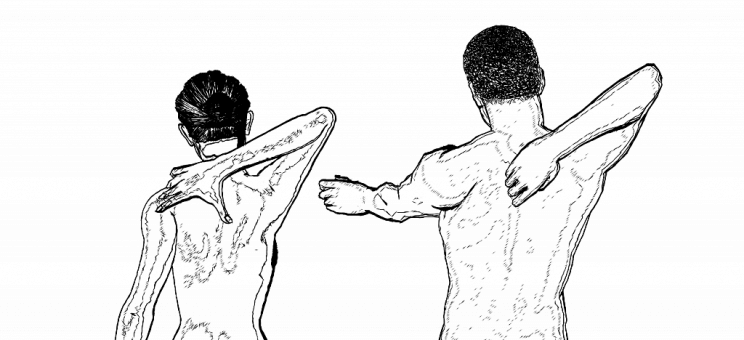Facet joints are the small stabilizing joints in the spinal column, and they can become painful due to a variety of reasons. Common causes of pain include arthritis, injury and mechanical stress or normal wear and tear. When one or more facet joints deteriorate for any reason, the pain can radiate into other areas of the body. The facet joint injection is a minimally invasive treatment that relieves pain for an extended period of time and helps the physician pinpoint the source of the pain.
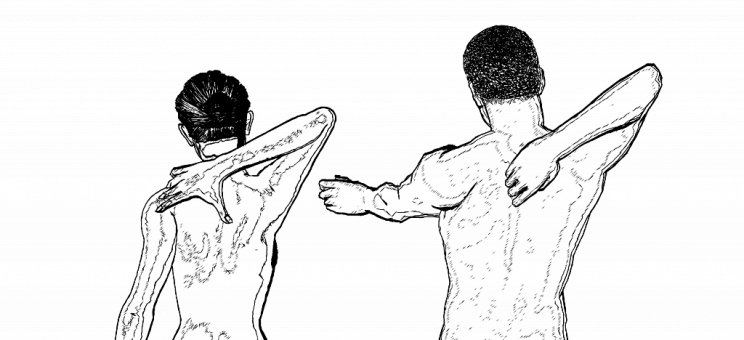
Types of Facet Joint Injections
There are different types of facet joint injections. They all involve injecting an anesthetic and long-lasting anti-inflammatory steroid into the facet joint. Reducing pressure on the nerves caused by an inflamed facet joint brings pain relief. The pain from a facet joint is experienced anywhere from the neck and shoulders to the hips and upper thighs, and sometimes down the legs. For this reason, there are three main types of injections a physician may administer.
- Lumbar facet joint injection – The lumbar facet joints are found in the lower part of the spine. These inflamed joints cause a person to experience pain in the lower back, hips, buttocks and/or legs. The lumbar facet joint injection is administered in the lower part of the spine.
- Cervical facet joint injection – Cervical facet joints are found in the upper part of the spine in the neck. The pain caused by these joints is normally felt in the neck, shoulders, arms and/or face or head. In this case, the injection is administered in the upper part of the spine.
- Thoracic facet joint injection – This is similar to the cervical facet joint injection in that the pain is caused by facet joints in the upper spine but below the neck. The physician must decide which facet joint is the most likely candidate causing pain in the upper back or chest. The injection is administered in the upper or middle part of the spine.
What Will Happen After the Facet Joint Injection
FThe facet joint procedure, along with the preparation and immediate recovery time, usually takes less than 30 minutes. There is nothing to fear. After the injection the patient will be asked to move the arms and legs, sit up and eventually stand up. He or she may also be asked to do a typical movement that caused pain before the procedure. This is part of the process of determining if the source of pain was found.
Following is a summary of what to expect after the injection.
1. Pain – An anesthetic is administered with the steroid, so there is little or no pain for the first few hours after the injection. The pain after facet joint injections varies from patient to patient. The first few days after the injection, the patient may still experience the pain felt before the injection until the steroid takes effect. If the facet joint causing the pain was treated, the patient will begin experiencing relief from pain by the end of the first week after the injection.
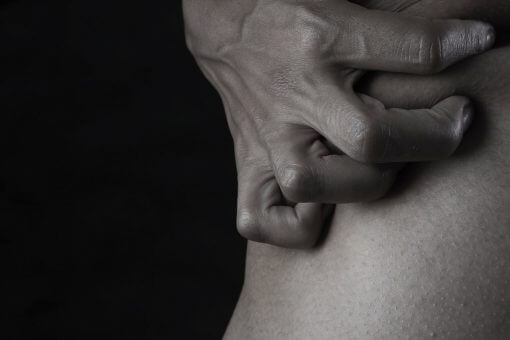
2. Additional symptoms – Sometimes patients experience mild pain associated with the injection site after the anesthetic wears off. If the local anesthetic spread to other parts of the body, the patient may experience mild weakness or numbness in the neck or back. This does not happen often. There may be temporary reactions to the steroid medication also, like fluid retention or irritability.

3. Activity – Upon returning home, it is important to limit activities. Do not drink alcohol or do any strenuous activities for the first day. Do try to keep a journal to record the pain relief levels experienced during the first week. This information will help the physician assess the results of the procedure and determine the next steps in treatment.
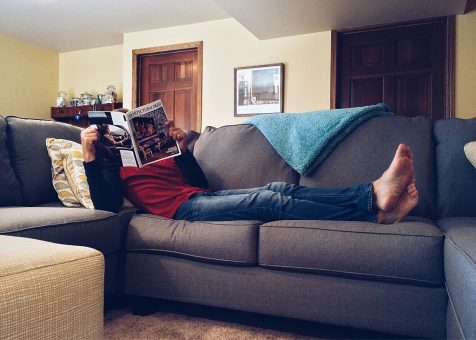
4. Self-care – Patients can resume taking the medications they normally take. The injection site should be kept clean and dry. Also, watch for unusual symptoms like an infection or fever. Over time, and as pain decreases, begin adding non-strenuous activities back into the daily routine on a gradual basis. This is a good way to strengthen back muscles and to determine if the injection was delivered to the correct facet joint.

5. Follow up – Always follow up by keeping doctor appointments. Be sure to give the physician details about symptoms experienced during the recovery time. The more information the physician has on hand, the better.
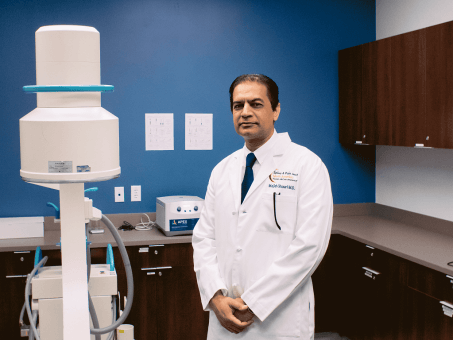
Pain Relief Gives People Hope
Pinpointing the source of pain is not always easy. The physician will spend considerable time assessing the patient’s condition before administering a lumbar facet joint injection or a cervical facet joint injection. Any pain after facet joint injections the patient experiences will seem bearable when pain subsides over the next months. Even temporary pain relief gives people hope of once again living a pain free life when the physician is able to determine and treat the source of the pain.
